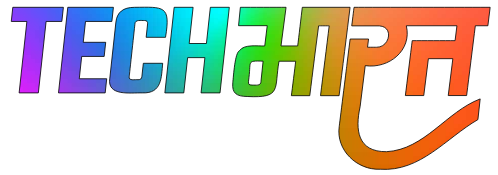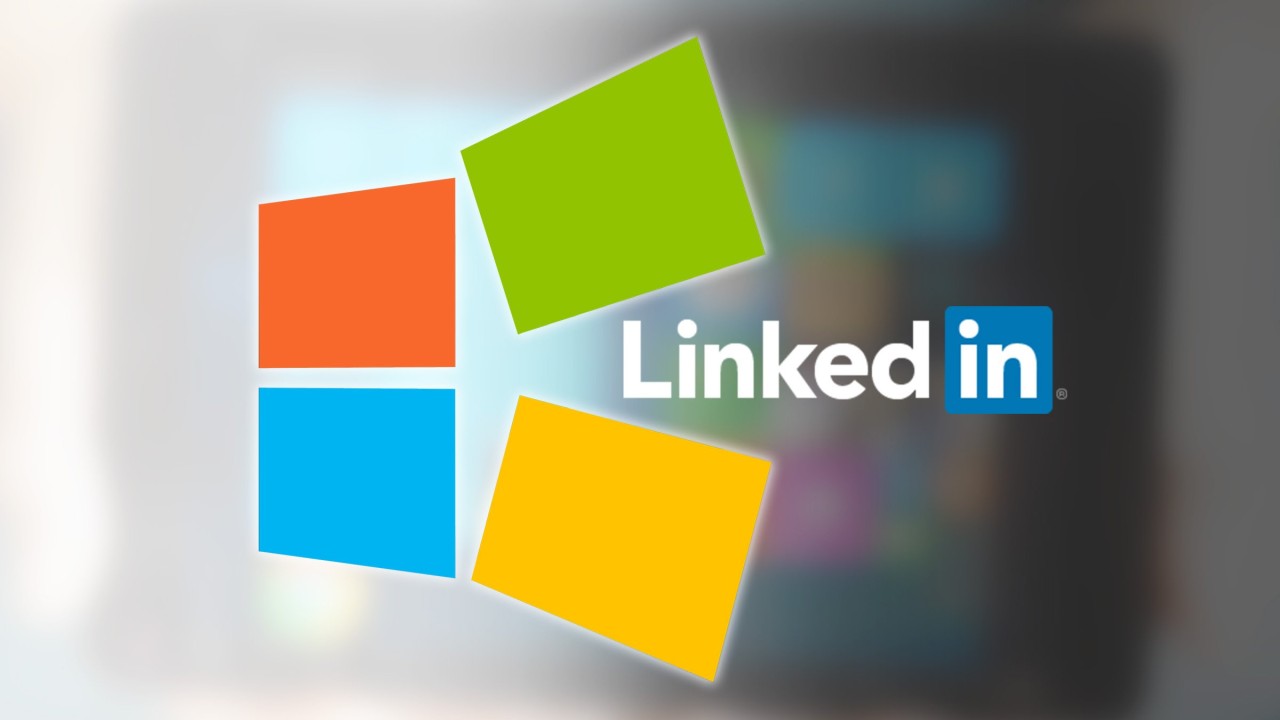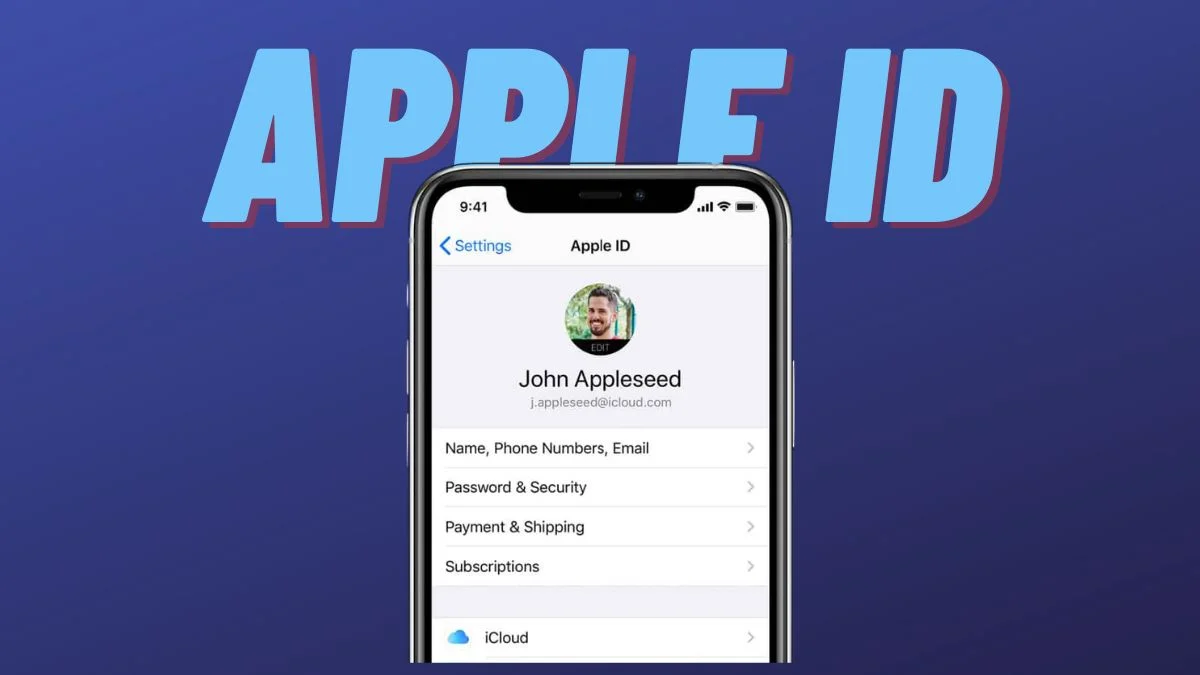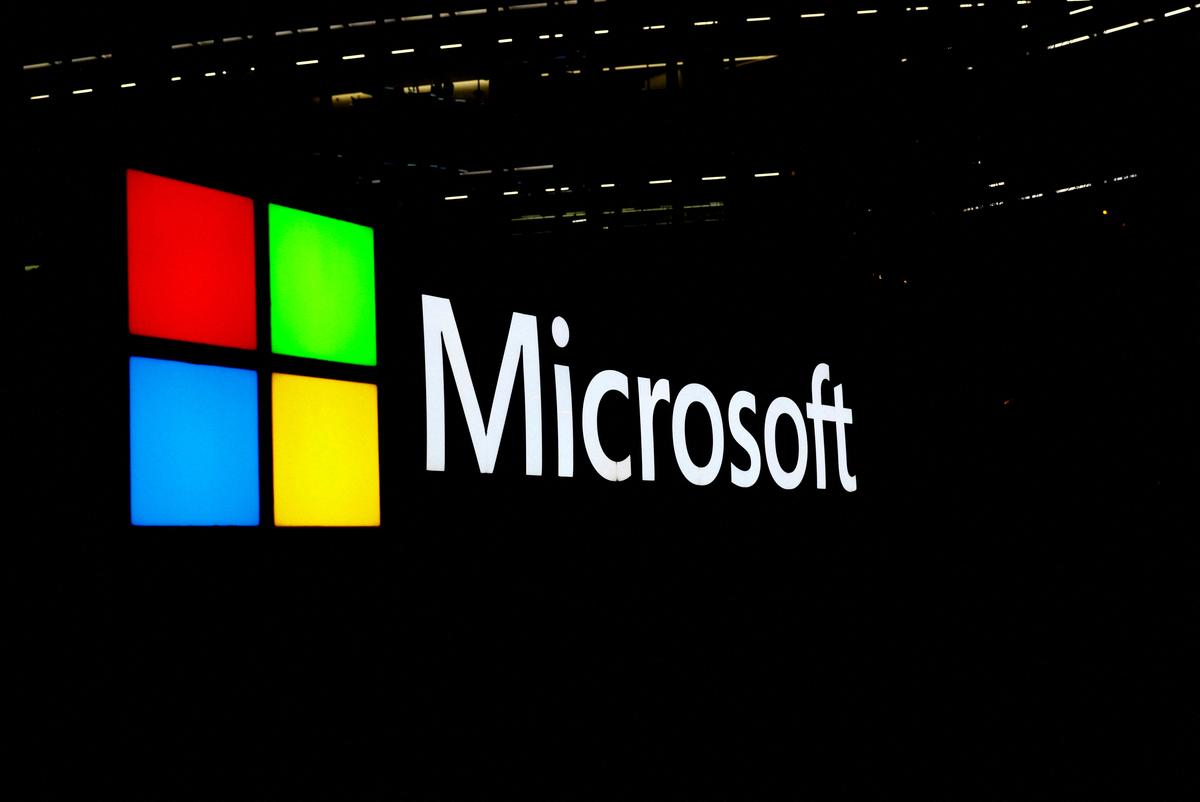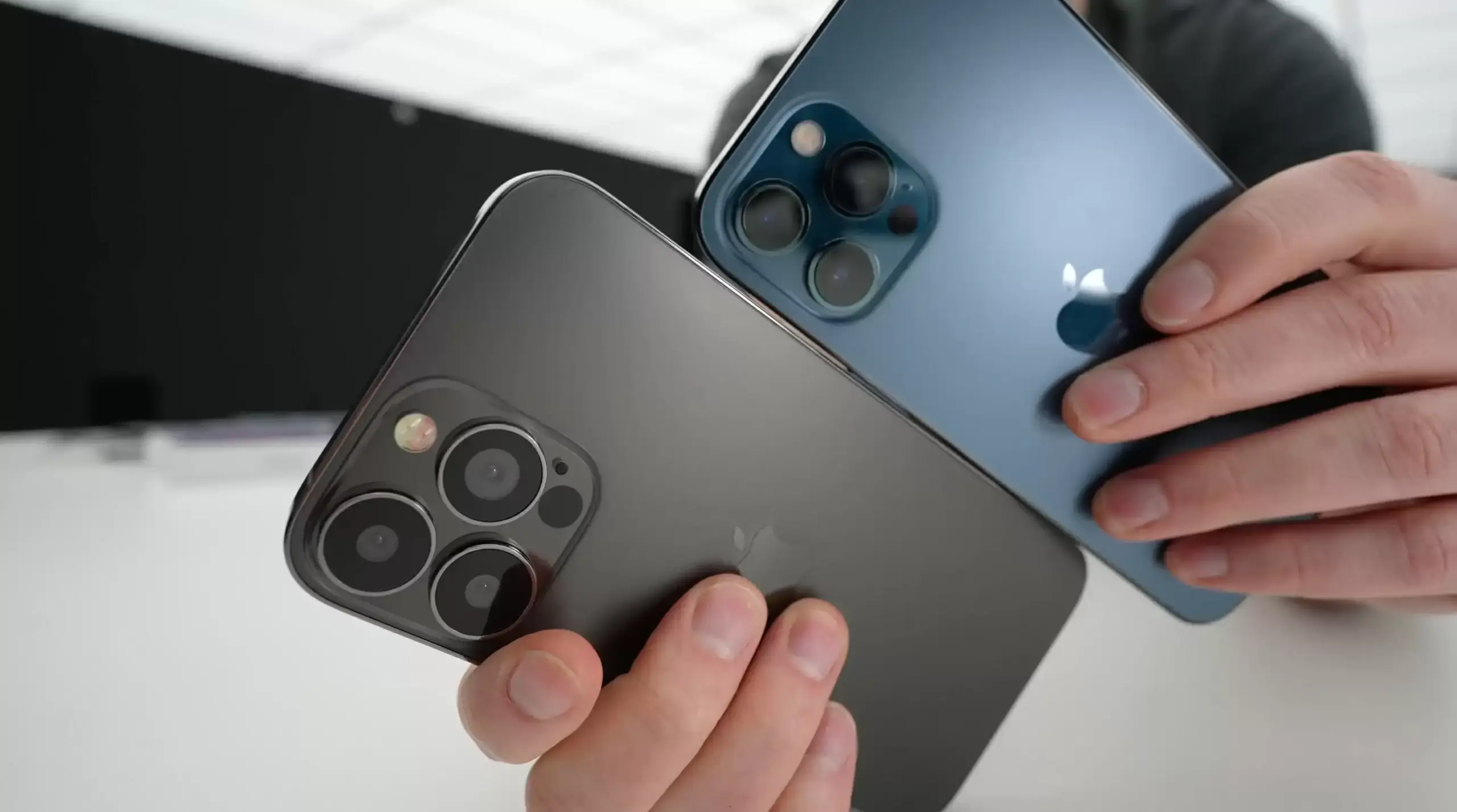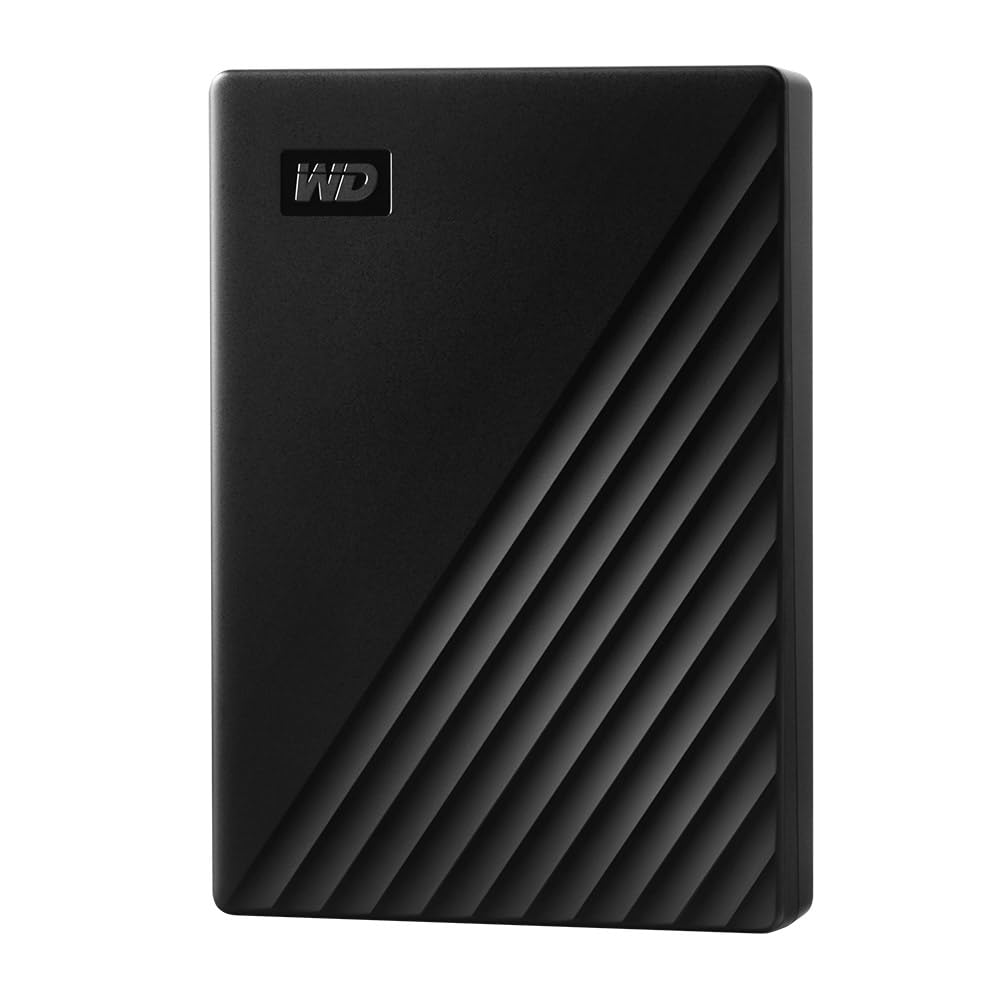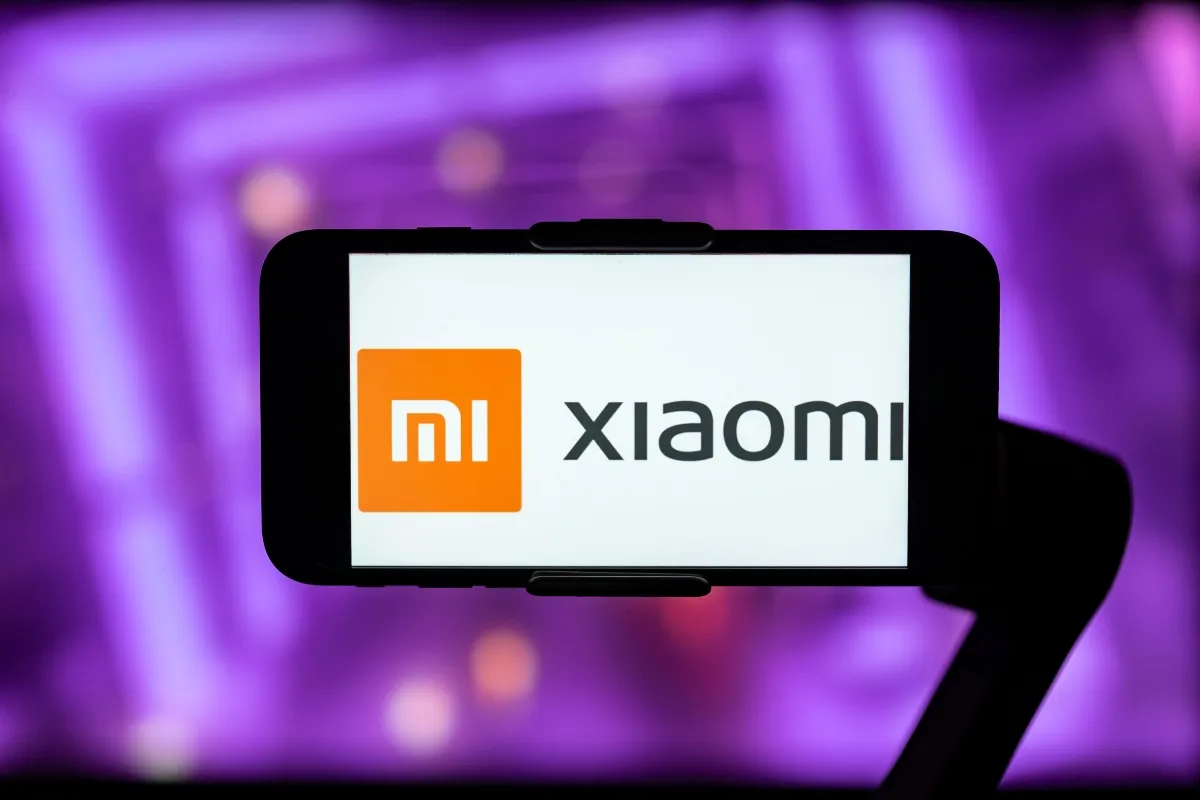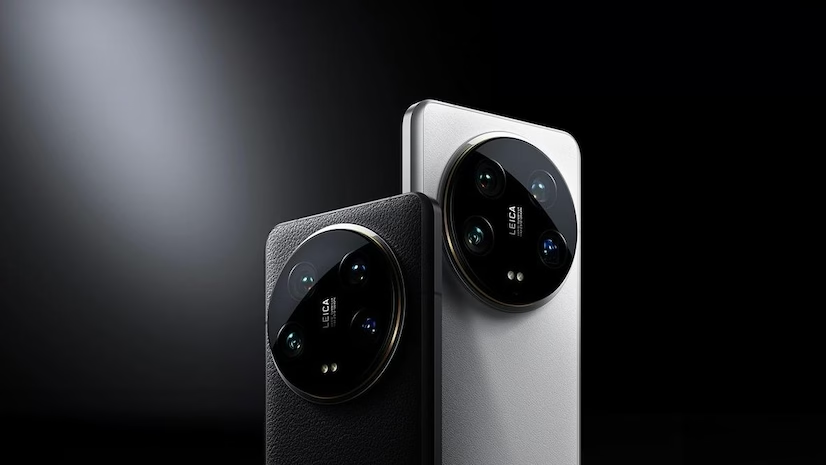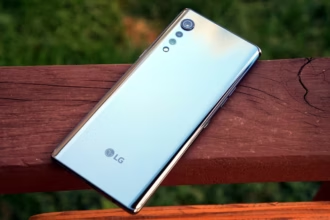Microsoft’s LinkedIn has been a cornerstone for professionals worldwide, not only for networking but also for digital advertising. However, it recently found itself at the center of legal scrutiny. The platform was accused of overcharging advertisers by inflating the number of video ad views, leading to a significant lawsuit. This article explores the intricacies of the case, its resolution, and the broader implications for digital advertising transparency.
Background: The Allegations and Legal Proceedings
The lawsuit, spearheaded by companies like TopDevz Inc. and Noirefy Inc., alleged that LinkedIn had inflated video ad metrics by counting views from videos that played off-screen as users scrolled past them. This purportedly led to advertisers being overcharged. The legal challenge focused on the accuracy of LinkedIn’s advertising metrics, particularly concerning bot traffic, errant clicks, and fraudulent activities which were believed to skew the perceived engagement rates.
In November 2020, LinkedIn acknowledged and rectified software bugs that potentially led to over 418,000 instances of advertiser overcharges. Interestingly, LinkedIn claimed that more than 90% of these overcharges were less than $25 each, and credits were reportedly issued to nearly all affected advertisers.
Legal Resolution and Settlement
The lawsuit, filed in the U.S. District Court, Northern District of California, saw various claims initially dismissed by the court, focusing primarily on those related to deceptive practices and unfair competition. However, the remaining allegations, centered around the inflated metrics, were allowed to proceed.
Ultimately, the case did not go to trial, as LinkedIn opted to settle the allegations outside of court. The terms of the settlement were not publicly disclosed, but the resolution indicated a move towards mitigating such issues in the future and restoring advertiser trust.
Implications for Digital Advertising
This lawsuit highlights critical vulnerabilities within the realm of digital advertising, especially concerning platform accountability and the accuracy of ad metrics. Advertisers rely heavily on these metrics to make informed decisions about their ad spend and overall marketing strategies. The LinkedIn case underscores the need for transparency and robust verification mechanisms to prevent similar issues from arising in the future.
As digital platforms continue to evolve, the need for transparency becomes increasingly paramount. LinkedIn’s commitment to addressing the concerns raised by advertisers and enhancing the integrity of its ad metrics is a positive step forward. However, the advertising industry must continue to advocate for improvements and ensure that similar discrepancies are addressed promptly and transparently.
